
Prince Eugene Francis of Savoy-Carignano, better known as Prince Eugene, was a field marshal in the Army of the Holy Roman Empire and of the Austrian Habsburg dynasty during the 17th and 18th centuries. He was one of the most successful military commanders of his time, and rose to the highest offices of state at the Imperial court in Vienna.
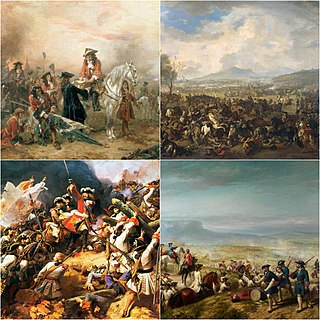
The War of the Spanish Succession was a European great power conflict fought between 1701 and 1714. The immediate cause was the death of the childless Charles II of Spain in November 1700, which led to a struggle for control of the Spanish Empire. His nominated heir was Philip of Anjou, a grandson of Louis XIV of France, whose main backers were France and most of Spain. His rival, Archduke Charles of Austria, was supported by the Grand Alliance, whose primary members included the Holy Roman Empire, the Dutch Republic, and Great Britain. Significant related conflicts include the 1700 to 1721 Great Northern War, and Queen Anne's War in North America.

Victor Amadeus II was the head of the House of Savoy and ruler of the Savoyard states from 12 June 1675 until his abdication in 1730. He was the first of his house to acquire a royal crown, ruling first as King of Sicily (1713–1720) and then as King of Sardinia (1720–1730). Among his other titles were Duke of Savoy, Duke of Montferrat, Prince of Piedmont, Marquis of Saluzzo and Count of Aosta, Maurienne and Nice.
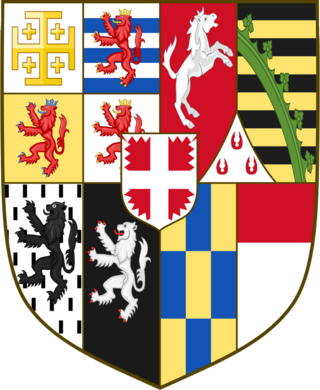
The House of Savoy-Carignano originated as a cadet branch of the House of Savoy. It was founded by Thomas Francis, Prince of Carignano (1596–1656), an Italian military commander who was the fifth son of Charles Emmanuel I, Duke of Savoy. His descendants were accepted as princes étrangers at the court of France, where some held prominent positions. Upon the extinction of the main Savoy line they eventually came to reign as kings of Sardinia from 1831 to 1861, and as kings of Italy from 1861 until the dynasty's deposition in 1946. The Savoy-Carignano family also, briefly, supplied a king each to Spain and Croatia, as well as queens consort to Bulgaria and Portugal.

The Nine Years' War, was a European great power conflict from 1688 to 1697 between France and the Grand Alliance. Although largely concentrated in Europe, fighting spread to colonial possessions in the Americas, India, and West Africa. Related conflicts include the Williamite war in Ireland, and King William's War in North America.
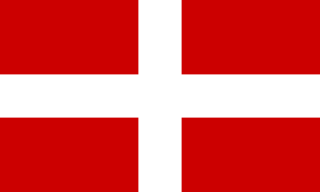
The Duchy of Savoy was a territorial entity of the Savoyard state that existed from 1416 until 1860 and was a possession of the House of Savoy.

The siege of Turin took place from June to September 1706, during the War of the Spanish Succession. A French army led by Louis de la Feuillade besieged the Savoyard capital of Turin, whose relief by Prince Eugene of Savoy has been called the most brilliant campaign of the war in Italy. The siege is also famous for the death of Piedmontese hero Pietro Micca.

The Battle of Luzzara took place in Lombardy on 15 August 1702 during the War of the Spanish Succession, between a combined French and Savoyard army under Louis Joseph, duc de Vendôme, and an Imperial force under Prince Eugene.

René de Froulay, Count of Tessé was a French soldier and diplomat during the reign of Louis XIV and the 1715–1723 Regency.

The Battle of Staffarda took place on 18 August 1690 during the Nine Years' War in Piedmont, Northern Italy. The engagement was the first major battle of the Nine Years' War in Italy since Victor Amadeus II of Savoy joined the Grand Alliance against Louis XIV of France earlier that year.

Louis d'Aubusson de la Feuillade, duc de Roannais was a French military officer and courtier who fought in the Nine Years War and the War of the Spanish Succession.
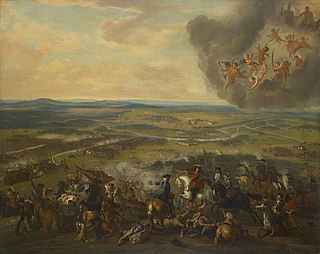
The Battle of Cassano took place on 16 August 1705, during the War of the Spanish Succession, near Cassano d'Adda, in Lombardy, Italy. It was fought between a French army of 22,000 commanded by the duc de Vendôme and an Imperial force of 24,000 under Prince Eugene of Savoy.

The siege of Cuneo was fought on 28 June 1691 during Nine Years' War in Piedmont-Savoy, modern-day northern Italy. The siege was part of French King Louis XIV’s campaign against Victor Amadeus, the Duke of Savoy, who had sided with the Grand Alliance the previous year. The siege was an attempt to gain a foothold on the Piedmont Plain, thus ensuring Marshal Catinat's army could winter east of the Alps. Yet due to the incompetence of the two French commanders – and a timely arrival of Imperial reinforcements – the siege proved a disaster, resulting in the loss of between 700 and 800 men. Although French forces had taken Nice in the west, and Montmélian in the north, Catinat's small, ill-equipped army was forced onto the defensive. Louis XIV subsequently offered Amadeus generous peace terms but the Duke, who had by now received substantial Imperial reinforcements from the Empire, considered himself strong enough to continue hostilities.

The siege of Nice occurred in 1543 and was part of the Italian War of 1542–46 in which Francis I and Suleiman the Magnificent collaborated as part of the Franco-Ottoman alliance against the Holy Roman Emperor Charles V, and Henry VIII of England. At that time, Nice was under the control of Charles III, Duke of Savoy, an ally of Charles V. This is part of the 1543–1544 Mediterranean campaign of Barbarossa.
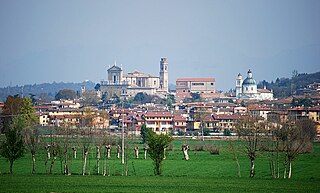
The Battle of Castiglione took place near Castiglione delle Stiviere in Lombardy, Italy on 8 September 1706 during the War of the Spanish Succession. A French army of 12,000 attacked a Hessian corps of 10,000 that was besieging the town and forced them to retreat with heavy losses.
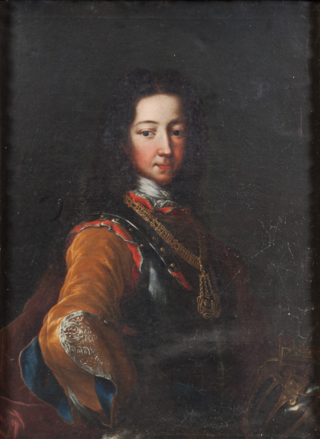
Victor Amadeus of Savoy was the eldest son of Victor Amadeus II, Duke of Savoy and his French wife Anne Marie d'Orléans. He was the heir apparent of Savoy from his birth and as such was styled as the Prince of Piedmont. He acted as Regent of Savoy from September 1713 till September 1714 in the absences of his father. He died of smallpox at the age of 15.

The Kingdom of Sicily was ruled by the House of Savoy from 1713 until 1720, although they lost control of it in 1718 and did not relinquish their title to it until 1723. The only king of Sicily from the House of Savoy was Victor Amadeus II. Throughout this period Sicily remained a distinct realm in personal union with the other Savoyard states, but ultimately it secured for the House of Savoy a royal title and a future of expansion in Italy rather than in France. During this period, the Savoyard monarch used his new title to affirm his sovereign independence.

The Treaty of Turin, signed on 29 August 1696 by the French King and the Duchy of Savoy, ended the latter's involvement in the Nine Years' War.
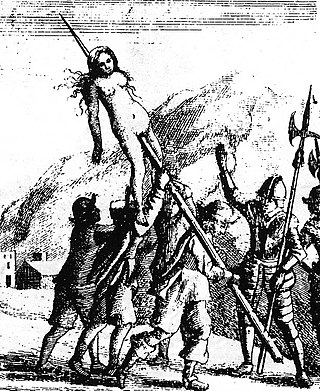
The Savoyard–Waldensian wars were a series of conflicts between the community of Waldensians and the Savoyard troops in the Duchy of Savoy from 1655 to 1690. The Piedmontese Easter in 1655 sparked the conflict. It was largely a period of persecution of the Waldensian Church, rather than a military conflict. Joshua Janavel (1617–1690) was one of the Waldensian military leaders against the Savoyard ducal troops.

The Convention of Milan, signed on 13 March 1707 during the War of the Spanish Succession, was an agreement between France and Austria which ended the fighting in Northern Italy. The French were allowed to withdraw their remaining forces undisturbed and in return handed control of any towns they still held to the Austrian commander Prince Eugene of Savoy.





















